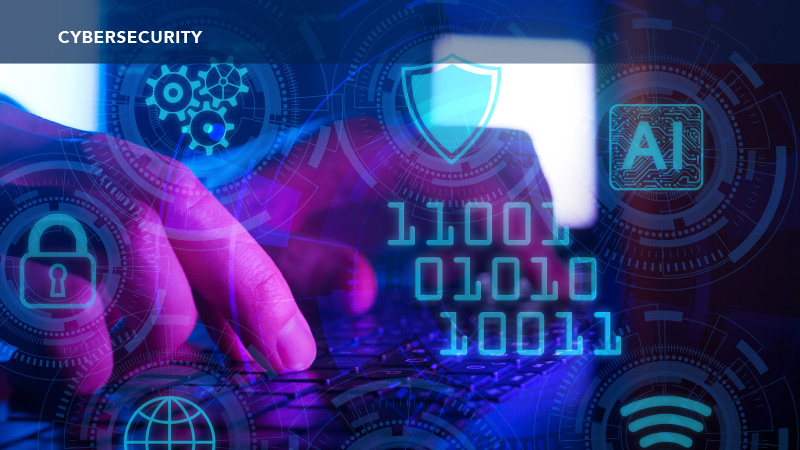
Government agencies continue to modernize IT environments and put data to work for employees, citizens, and the warfighter. During the Dell Technologies North America Federal Forum on October 19, Federal Chief Information Officers (CIOs) shared best practices for selecting the right infrastructure for high-value workloads.
According to Dorothy Aronson, CIO for the National Science Foundation (NSF), NSF being a smaller agency means acquiring the systems they use. So, when it comes to modernizing IT infrastructure, it means looking at all the service capabilities that the system provides. Obtaining a holistic system that provides a plethora of services is critical.
“At NSF, we spend our time funding advanced research, not developing systems. So, we acquire our software. So, we want to make sure that whatever systems we acquire provide a plethora of services,” Aronson said.
Similarly, Mittal Desai, CIO for the Federal Energy Regulatory Commission (FERC), emphasized the importance of a large, all-encompassing customer-based software, “whether internal to the agency or acquired.”
From a cloud perspective, Desai added, the FERC is looking into obtaining highly scalable cloud services. FERC manages a high volume of data that continues to grow. Now the agency is modernizing its IT infrastructure, and when selecting potential systems, they have shifted from a network-centric mindset to a data-centric mindset.
“It is necessary that the system has the flexibility to increase that access to the data. And when selecting cloud-enabled IT systems, we also must make sure that said systems are highly resilient and secure, compliant to FedRAMP standards,” Desai said.
“We want to make sure that whatever system we use is FedRAMP compliant and also uses cloud-native solutions so that we do not have to customize security measures in each infrastructure that we stand up,” Aronson said.
In this effort, NSF is also moving from a network-centric environment to a data-centric infrastructure, in line with guidance from President Biden’s executive order on cybersecurity and the move to a zero-trust architecture.
Additionally, both panelists agreed that regardless of the system an agency acquires, it must serve the need of that agency not just for a short period but for the long haul, Aronson said.
